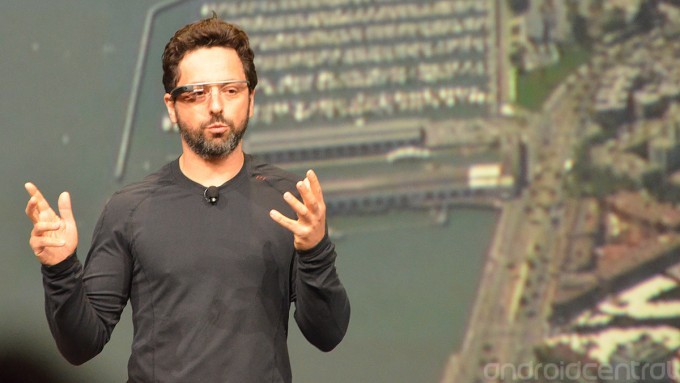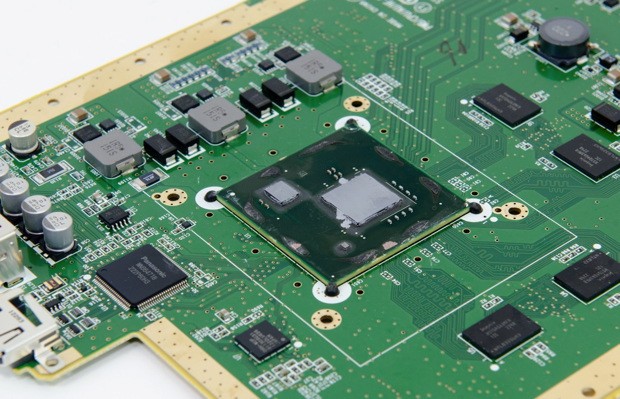 Full device specs round out an evening of Google Glass news
Full device specs round out an evening of Google Glass news
We've seen that Google is getting ready to ship out Google Glass Explorer units, the developer preview of the Mirror API, and the Android companion app already this evening, and now it's time for the device specs. Google has released the tech specs of Google Glass, and it should answer some of the questions folks have.
- Fit: Adjustable nosepads and durable frame fits any face. Extra nosepads in two sizes.
- Display: High resolution display is the equivalent of a 25 inch high definition screen from eight feet away.
- Camera: Photos - 5 MP; Videos - 720p
- Audio: Bone Conduction Transducer
- Connectivity: Wifi - 802.11b/g; Bluetooth
- Storage: 12 GB of usable memory, synced with Google cloud storage. 16 GB Flash total.
- Battery: One full day of typical use. Some features, like Hangouts and video recording, are more battery intensive.
- Charger: Included Micro USB cable and charger. While there are thousands of Micro USB chargers out there, Glass is designed and tested with the included charger in mind. Use it and preserve long and prosperous Glass use.
- Compatibility: Any Bluetooth-capable phone. The MyGlass companion app requires Android 4.0.3 (Ice Cream Sandwich) or higher. MyGlass enables GPS and SMS messaging.
We're not really worried about things like CPUs and GPUs, or on-board RAM, and it looks like they have covered what's going to be important. The all day battery life is almost a must have with any wearable computer, so we hope that rings true. Also worth noting that Any phone with Bluetooth is said to be compatible. We'll soon know more about both I imagine.
[Source: AndroidCentral]

